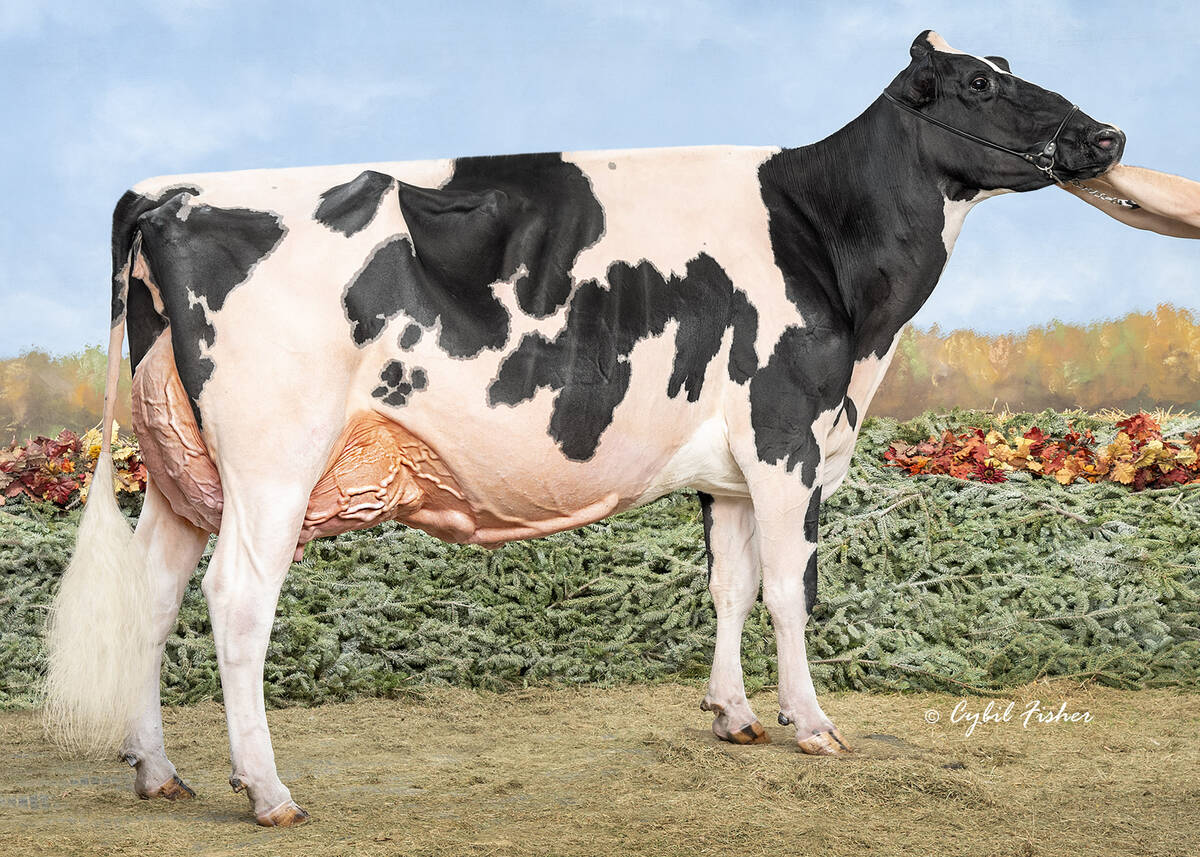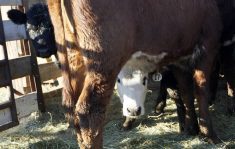Not all grasses are created equal and maximizing the potential of each is a matter of taking advantage of their seasonal growth traits.
Producers too often measure their grass pastures in acres rather than varietal productivity.
Different varieties yield more or less at various points in the season. Some get their growing out of the way early in the cooler more moist spring conditions, while others don’t start their growth until the risk of frost has passed.
Janice Bryunooghe of the Saskatchewan Forage Council said producers need to consider what crop they have in their pastures.
Read Also

Saskatchewan dairy farm breeds international champion
A Saskatchewan bred cow made history at the 2025 World Dairy Expo in Madison, Wisconsin, when she was named grand champion in the five-year-old Holstein class.
“You also need to think about what sort of livestock you are producing, too.”
Bryunooghe said cattle’s nutritional needs vary at different times of the year.
“Cows with calves and cows during breeding have greater needs than heifers and open cows or bulls out of season,” she said. “A sheep herd is different from a herd of calves destined for the feedlot.”
Bryunooghe said unless producers are planning on seeding a new forage stand, they should figure out the types of plants they have in their pastures.
Overgrazing often starts by demanding more from the pasture than it can deliver too early in the season.
Plant varieties that produce early are often unpalatable by mid-July.
“Cattle like short grass. New shoots. And they’re highly selective with those mouths. They can avoid the stuff they don’t want in a mixed pasture and at the same time overgraze the rest of the plants.
“Unless you get down there and see what they are eating, they could be killing your grass, but it will look just fine from the road or even the cab of the truck,” Bryunooghe said.
Experts say maximum productivity comes through uniform grazing.
“It all begins with rotational grazing,” she said. Once the plant inventory is completed, rotation planning can begin.
In Western Canada, the earliest grasses start to produce in April. These include crested wheat grass, meadow brome grass and fall-seeded fall rye.
Cattle can be successfully turned out on those pastures in early May.
Russian wild rye, crested wheat grass or brome grass and alfalfa mixtures will support cattle in later May.
Native grasses are of most use from June through the last week in August, and can be damaged if grazed too early. Fall rye will maximize its production in the middle of June.
Smooth brome grass will peak in the third week of June and be done by the end of July.
Spring oats will peak in mid-July and remain viable until the second week of August.
Fall grazing is highly viable for fall rye and Russian wild rye and crested wheat, with or without alfalfa. Meadow brome is highly productive for most of the season.
“Fall seeded rye to a pasture near home can give your native pasture a break early in the season, meaning you will be able to get more out of it later on when the heat is on,” she said.
Bryunooghe said producers should avoid the straight fence line syndrome, opting instead for fences that reflect the natural capacities of the topography. Electric fences, water and salt block placement can ensure pastures are used evenly.
“Plants can support a lot of grazing at the right time of the year. But a little grazing at the wrong time can do a lot of damage.”














